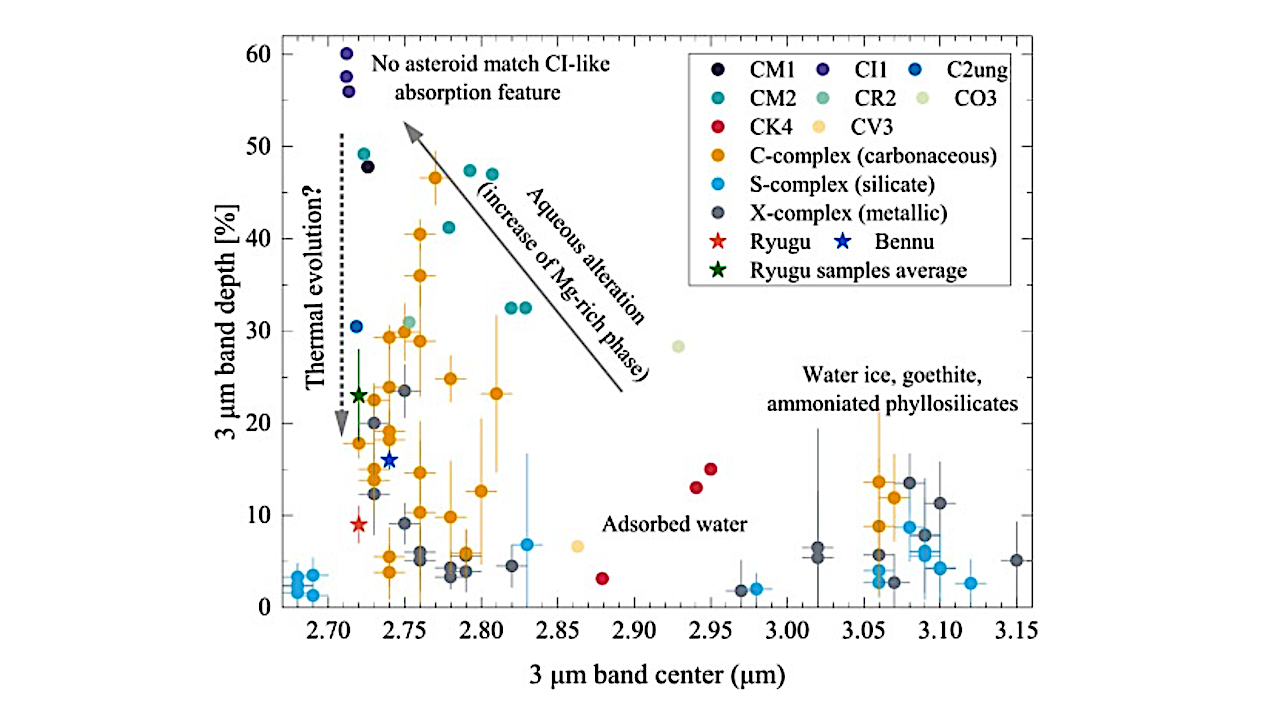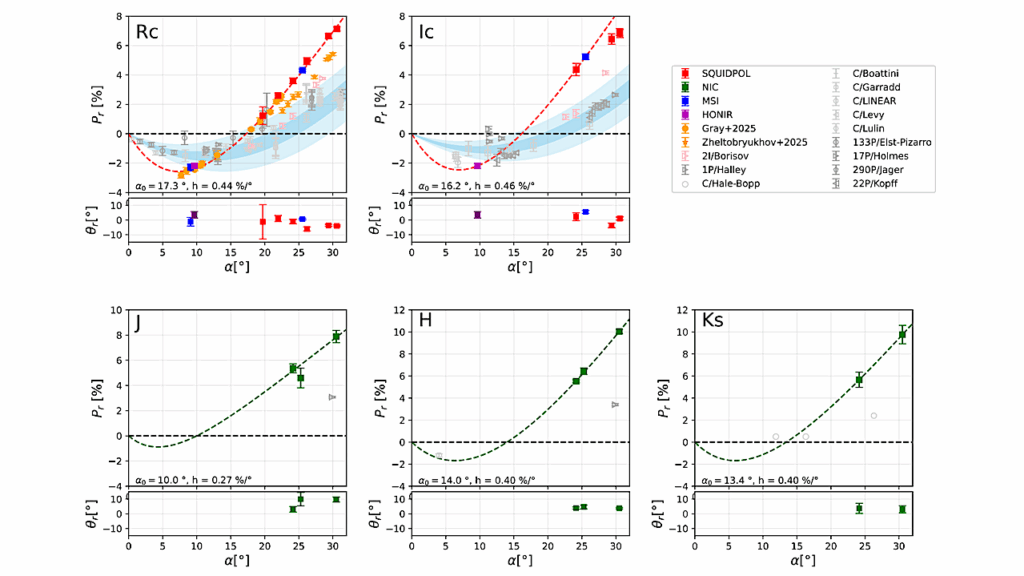Near-mid Infrared Spectroscopy Of Carbonaceous Chondrites: Insights Into Spectral Variation Due To Aqueous Alteration And Thermal Metamorphism In Asteroids

Carbonaceous chondrites (CCs) are windows into the early Solar system and the histories of their parent bodies. Their infrared spectral signatures are powerful proxies for deciphering their composition and evolution history, but still present formidable challenges.
In our study, we delved into the infrared spectra spanning 1-25 micron of 17 CCs, with distinct petrological characteristics and varying degrees of alteration. As aqueous alteration intensifies, the 3 micron-region absorption feature associated with OH-bearing minerals and water, and the 6 micron band indicative of water molecules, both grow in intensity.
Simultaneously, their band centers shift towards shorter wavelengths. Moreover, as alteration progresses, a distinctive absorption feature emerges near 2.72 micron, resembling the OH absorption feature found in serpentine and saponite minerals. Comparison of aqueous alteration to laboratory-heated CCs suggests that the 3 micron region OH/H2O absorption feature differs between CC heated to less than or more than ~300C. The 12.4 micron/11.4 micron reflectance ratio diminishes, and the reflectance peak in the 9-14 micron range shifts towards shorter wavelengths. These changes are attributed to the transformation of anhydrous silicates into phyllosilicates.
In the 15-25 micron region, the influence of thermal metamorphism becomes evident and results in the appearance of more spectral features, the single reflectance peak at 22.1 micron undergoes a transformation into two distinct peaks at 19 micron and 25 micron, which is primarily attributed to the increased presence of anhydrous silicates and olivine recrystallization. These findings offer novel insights into the volatile-rich compositions of C-complex asteroids and the thermal evolution histories of their parent bodies.
Jinfei Yu, Haibin Zhao, Edward A. Cloutis, Hiroyuki Kurokawa, Yunzhao Wu
Comments: Accepted by Icarus, 7028 total words, 11 figures, 1 table
Subjects: Earth and Planetary Astrophysics (astro-ph.EP); Geophysics (physics.geo-ph)
Cite as: arXiv:2401.07083 [astro-ph.EP] (or arXiv:2401.07083v1 [astro-ph.EP] for this version)
https://doi.org/10.48550/arXiv.2401.07083
Focus to learn more
Related DOI:
https://doi.org/10.1016/j.icarus.2024.115951
Focus to learn more
Submission history
From: Jinfei Yu
[v1] Sat, 13 Jan 2024 14:19:07 UTC (1,065 KB)
https://arxiv.org/abs/2401.07083
Astrobiology,








